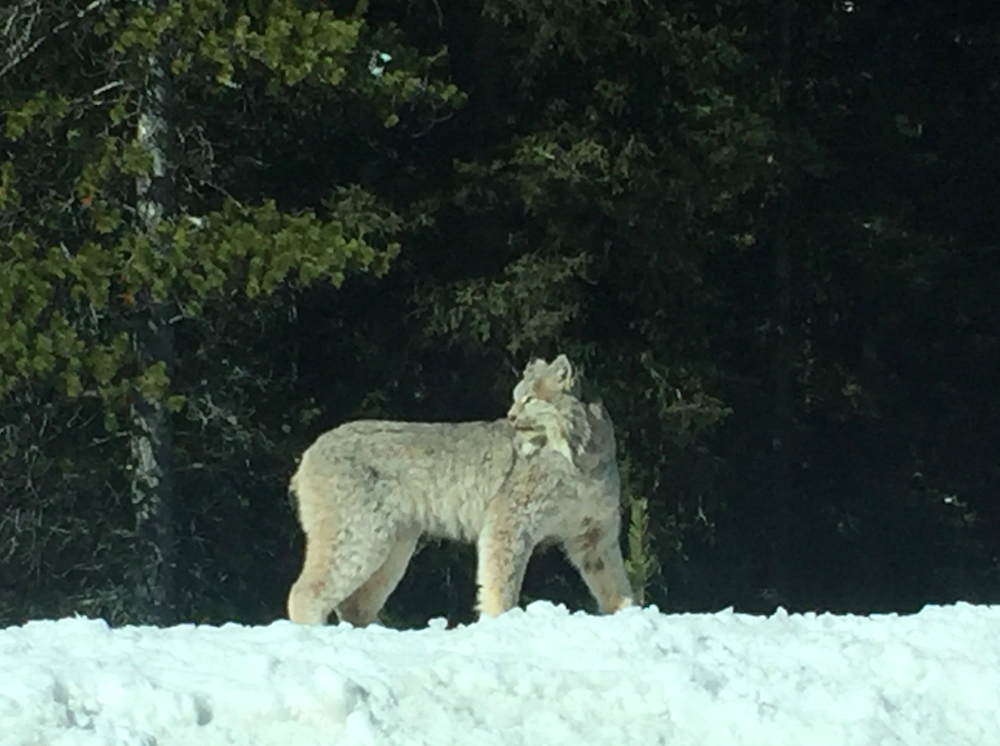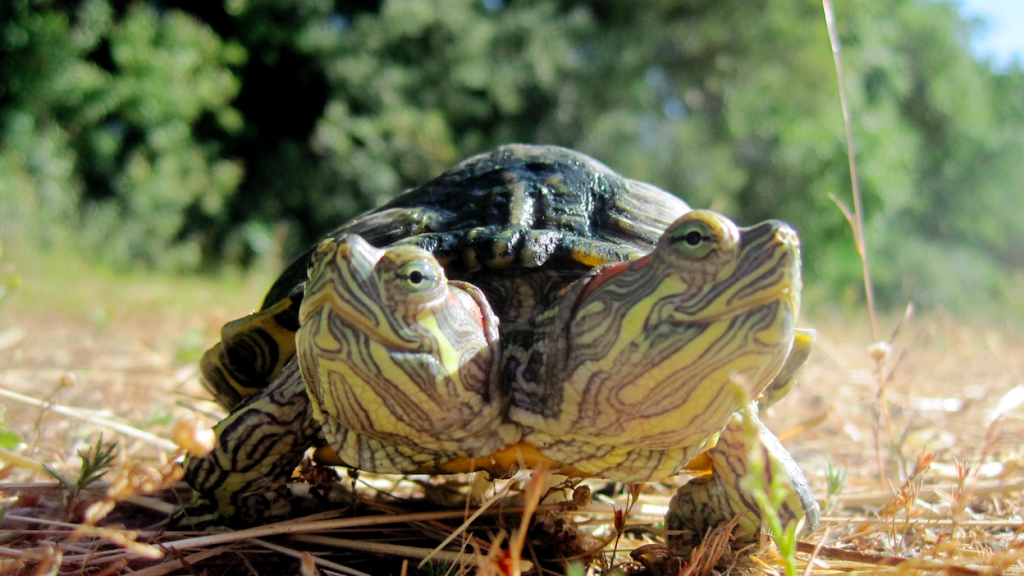You’d think a night parrot would know a thing or two about seeing in the dark.
But researchers have discovered that “Australia’s most elusive bird” might not have the night vision scientists expected, in a report published this week in the journal Scientific Reports.
And, the nocturnal birds might be only be as well-sighted as parrots who do most of their business during the day, which could be putting the endangered species at risk.
“We found that the Night Parrot has similar eye size to other parrots, with smaller optic nerves. It also has smaller optic lobes, which are visual processing areas in the brain,” study co-author Aubrey Keirnan, who is based at the University of Queensland, said in a statement.
“This suggests that the Night Parrot may not be great at seeing in the dark: its vision is likely sensitive, but with poor resolution, so that it might not be good at distinguishing obstacles like wire fences or even predators in dark conditions.”
The research comes from a collaboration between the University of Lethbridge’s Dr. Andrew Iwaniuk and Flinders University’s Dr. Vera Weisbecker, who are now raising concerns that fencing in the Australian outback could be hurting the birds.

“Night Parrots must be able to find their way at night – to find food, avoid obstacles while flying, and escape predators,” Weisbecker said in a statement.
The scientists scanned the only known intact skull of the species, which was found in 1990, and compared it to other parrots. Using 3D technology, they also reconstructed its brain.


The only known night parrot skull was found in 1990. Photo: Yaz Dedovic/Flinders University )
The night parrot lives in low numbers in the remote outback Australia. But that’s also where ranchers have put up fences to protect livestock from predators.
The night parrot was considered extinct for most of the 20th century.
“The species is so elusive that we do not even know how many individuals are left.” Iwaniuk said in a statement. “To conserve the species, it is critical that we understand its behavioural needs and capabilities, but these are nearly impossible to observe.”
The researchers would love to see unused fences removed or different fencing used to help the birds with navigation.

The are only two nocturnal parrot species in the world.
The other is New Zealand’s Kakapo.
Nobody had physical proof of the night parrot between 1875 and 1990. Not until when Walter Boles, the curator of birds at the Australian Museum, bumped into a mummified specimen lying by the side of the road. He suspected it was hit by a vehicle.
A verified live sighting didn’t happen for another 23 years.
Conservation efforts have been underway ever since.




